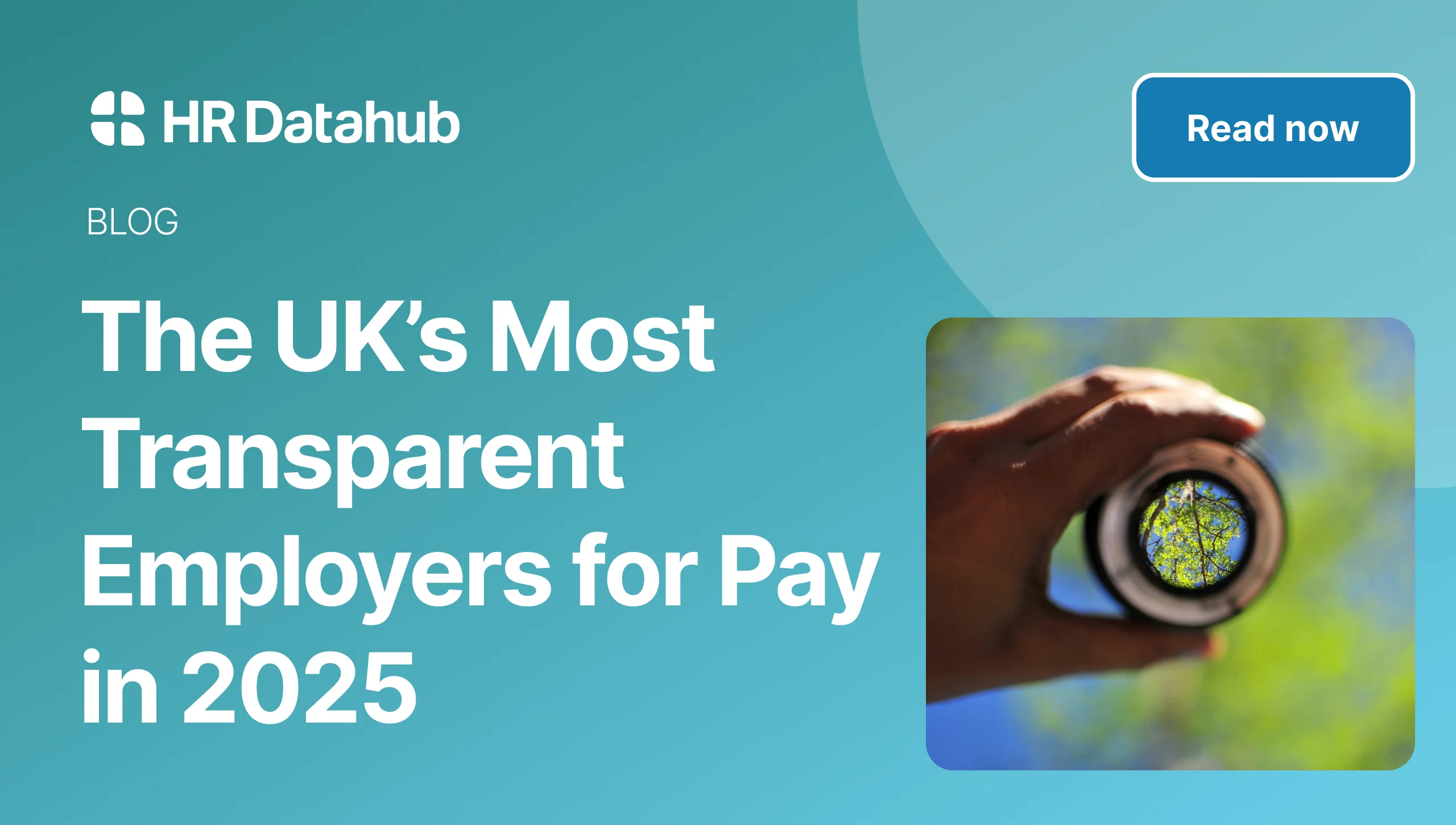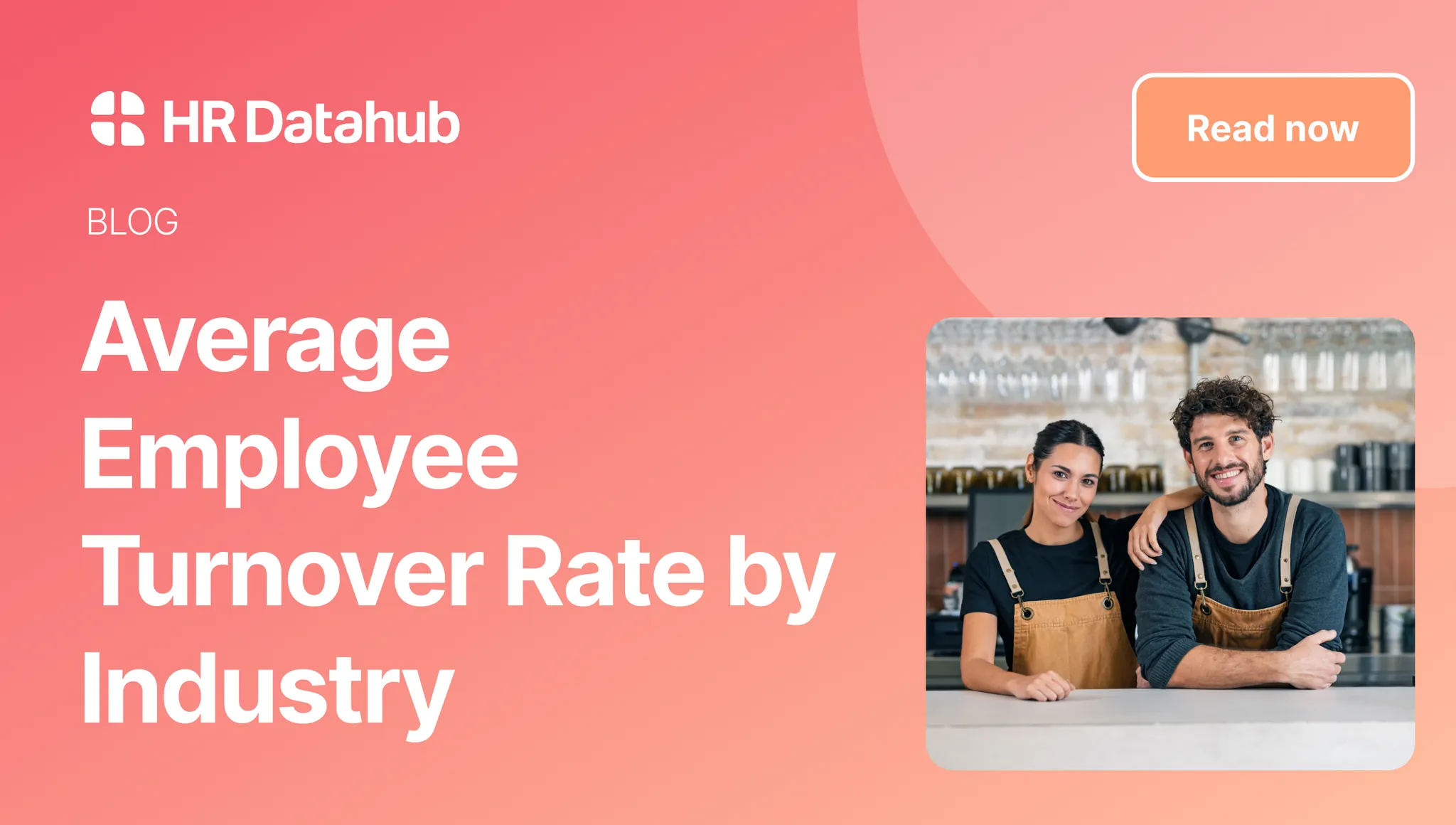

October 16, 2023
October 16, 2023
How retailers can increase employee retention in 2024

Published by:
David Whitfield
,
CEO & Co-Founder
,
HR DataHub

Reviewed by:
Alexa Grellet
,
COO & Co-Founder
,
HR DataHub

6
MIN READ time

The workforce in the UK - and elsewhere - has observed an important shift in the past few years. We’re seeing more flexible and remote work opportunities, increased automation and a mismatch of employee needs and skill availability.
Combined, these changes are contributing to widespread shortages in almost every industry - particularly retail.
As the UK’s largest private sector employer, with around three million people employed nationally, retail has been hit hard.
- People are changing careers,
- the online retail market is booming,
- salary expectations are becoming increasingly competitive,
- and there is significant employee burnout due to poor mental health.
In a post-Brexit job market with record-high occupancy rates and amid a cost of living crisis, retaining employees is now more critical than ever for retail companies to remain profitable.
What’s the average retail turnover rate
Retail jobs are often viewed as low-paid and low-skilled, and it’s a struggle to attract the top talent at the best of times.
But in the current economic environment, it’s more challenging than ever, which means more money and time spent on recruitment.
According to the British Retail Consortium, the average employee turnover rate in retail is over 50%. In comparison, the average turnover across all sectors is 35%.
According to Glassdoor, the average employer spends around £3,000 on recruitment per employee. It also takes about 27.5 days to hire someone new - valuable time your HR teams could spend on other essential tasks that contribute to your business’s success.
There are also training and onboarding considerations, which are essential in retail. Frontline staff are the face of your brand, interacting with customers daily. On average, when employing someone with retail experience, it takes around 13 weeks for them to become an optimum performer.
The time and costs for recruitment, training and onboarding all contribute to loss of productivity and revenue - putting more pressure on HR professionals.
Is retail employee turnover a fatality?
Lack of flexibility
Unlike other industries that provide the flexibility to work remotely, most retail workers need to be in-store.
While some managerial roles offer slightly more flexibility, in-store sales assistants must be on the shop floor to cover the front line of customer experience.
In September 2021, McKinsey conducted its first Great Attrition Survey in the US. They surveyed over 1,000 frontline retail employees across all retail sectors and formats and explored why people might want to leave their jobs.
Perhaps unsurprisingly, the biggest driver was flexibility. In today’s post-Covid world, the future of work needs to be more flexible and empathetic to people’s needs.
No career development path
There are plenty of part-time roles available in junior frontline retail roles. However, part-time flexibility is tougher to find as your career progresses.
According to Timewise, taking your flexibility into managerial positions is more difficult if you’re looking to advance your retail career.
Plenty of people working in retail don’t see it as a viable long-term career.
Retail workers can gain many transferable skills, such as customer service, conflict management and project management. But for many, it’s an entry-level stepping stone. Many retail workers work part-time while studying. And then move into a new career when they complete their studies.
According to Retail Trust, younger workers also appear to be the unhappiest retail workers, particularly those between 16 and 29. This may be another reason why younger people aren’t seeking a career in the retail industry.
However, it does provide an opportunity for retail businesses to build the right development pathways.
Health and well-being
Retail remains one of the lowest-ranking sectors for employee satisfaction across the UK, with some industry experts claiming it’s experiencing a well-being crisis.
A recent Retail Trust report shows that a fifth of all UK retail workers want to leave their jobs. And 85% say their mental health has deteriorated in the past year, with concerns about money, customer abuse and post-pandemic fatigue.
It’s not hard to understand, given the past few years.
While many other people could work from home during the pandemic, retail staff risked contracting the virus because they physically had to be at work. Additional supply chain issues meant more pressure and unhappy customers.
More recently, with rising inflation and cost of living pressures, there has been an increase in customer abuse. According to last year’s ACS Crime Report, there were over a million incidents of verbal abuse in 2022 and around 40,000 violent incidents impacting retail employees.
Retailers need to do more to support impacted workers' mental health and well-being.
Low compensation
According to the Trades Union Congress, retail is the worst industry in the UK for pay and progression. Just under half of all retail workers in the UK are classified as low-paid, contributing to the increasing number of UK workers living in poverty.
Between 1 May 2021 and 25 April 2022, the Retail Trust answered nearly 14,000 helpline calls from retail employees. They gave out over £400,000 in financial aid and held almost 10,000 counselling sessions to help people working in retail to pay their rent and bills.
Highlighting the need to pay retail staff adequately and in line with the market.
Lack of meaning
In a recent McKinsey report, meaningful work came in fifth as a key driver for frontline retail employees. Meaning is feeling a connection between job purpose and personal values.
To help retain staff, HR teams need to assess their company culture, values and purpose. And ensure they’re fit for purpose to retain and attract the best people.
How to increase employee retention in retail
Show you take diversity & inclusion seriously
According to Great Place to Work, diverse and inclusive workplaces enjoy five times higher staff retention. Deloitte research also shows that over half of millennials will consider leaving an employer if they don’t think their diversity & inclusion (D&I) initiatives are sufficient.
Given young people aged 16 to 29 account for 25% of people working in retail in the UK, knowing what matters to them is essential to keeping them engaged at work.
Younger employees are looking for workplaces that recognise and value diversity and make them feel comfortable bringing their whole selves to work.
Your people will leave if you don’t prove your commitment to D&I. They want to see action and results. For example, calculating and publishing gender pay gaps is a start, but it’s not an accurate measure of equal pay and shouldn’t be solely relied upon. If you’re serious about being recognised as a fair and equal employer, you’ll need to go further, such as ethnicity pay gap reporting.
Whatever D&I strategy you implement, ensure you make it relevant to your employees - and understand why it matters to them.
Environmental, Social and Governance (ESG) should be more than a detail
ESG covers environmental issues, such as production or energy use. It includes social themes, such as how you treat your people, suppliers or partners. It can relate to how you manage board appointments or corporate reporting.
Whatever your key ESG areas, retailers that fail to implement ESG policies are at higher risk of losing employees. In a recent survey, nearly 40% of people said they’d seek out a new role if they thought their employer wasn’t doing enough in relation to ESG. This number rose closer to 50% for those employees aged 18 to 34.
Like D&I, employees are looking for a genuine commitment that aligns with their personal values and beliefs. It’s not enough to just talk about policies and agendas.
Actually offer competitive pay
With the current inflation storm hitting the UK, businesses must reevaluate and offer higher wages to help people cope with higher costs of living. Given the current economic climate, pay is the main driver for staff turnover in the UK.
And while retailers are under pressure to juggle tighter margins, if you can’t afford to pay your staff what they’re worth, they will find someone who can.
Simple steps like being transparent about pay can make a huge difference. Even more important is knowing what’s competitive by tracking the market.
Using a benchmarking tool can help you to set reliable and relevant salaries - and manage your annual salary budget more effectively.
HR DataHub: the best and only way to get Pay right
HR DataHub is the most comprehensive pay information database in the UK. Our powerful salary benchmarking tool is designed for HR professionals, offering real-time insights for any job in the UK.
With just a few clicks, your HR teams will get access to localised and reliable job market data to help make accurate and data-driven pay decisions.
Improve your employer brand to keep employees around
Employer branding doesn’t just impact your hiring process - it keeps your people engaged. There’s no silver bullet, but (re)defining your values and culture and being more genuine is the first step to increasing employee retention rates.
Talk to your people. Ask them what they think. Do an honest assessment and define where you want to be.
Then, assess the market using a real-time data tool like HR DataHub - to ensure you’re paying your people what they’re worth.
TABLE OF CONTENTS



.jpg)

